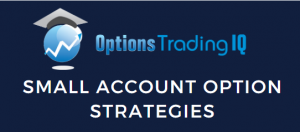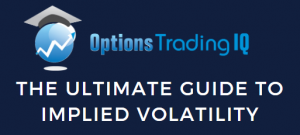

Contents
How to differentiate bottom-line growth vs top-line growth.
The top and the bottom line are the two most important lines on the income statement for a company.
They’re what investors and professional analysts look for when trying to identify changes from quarter to quarter or year to year.
Basic Understanding
A company’s top line is the term used to describe their revenue/gross sales, so if you ever heard the phrase ‘top-line growth’ you can understand that the business is experiencing an increase in revenues.
The bottom line on the income statement refers to the businesses net income – more specifically, it is the income generated after expenses have been paid.
These expenses can consist of loans, administrative costs and most importantly taxes.
Essentially, the bottom line is a company’s profits.
Differences
The most prosperous companies will typically aim to grow both their top line and their bottom line.
Despite this, some well-known companies may have flat sales and or revenue for a certain reporting period but are still able to increase their bottom line through cost reduction.
During recessions and low points in the economy it is widely accepted that cost cutting measures are the primary way to increase the profitability of a company.
Special Considerations
Senior management can bring about strategies to greatly increase the bottom line of their company.
Increases in the businesses top line growth is one in order to allow the cash to filter down to the bottom line.
This strategy can be enacted in several different ways such as increasing the manufacturing of goods, growing product lines or more simply, increasing prices.
Other portions of income such as rental or the sale of property/equipment can also increase a company’s bottom line.
A reduction of expenses, like mentioned above, is an extremely common way of increasing the bottom line especially during an economic downturn.
Different inputs combined with more efficient transformation processes can go some way to help with the profitability of the business.
Lowering wages and benefits can be done as a last resort to reduce costs as it demotivates staff and management which can lead to a fall in the share price if the company is not performing as well.
Often companies who use raw materials will seek new suppliers of those materials to save money and boost their bottom line – delivering the expected returns to their shareholders.
It is important to note as an investor that if a company has shown a decrease in the bottom line over multiple periods then it is most likely suffering from a surge in expenses.It would be wise to avoid that security for the time being- smart investors are good investors.
The executives of a company can spend the net income in various different ways.
Most commonly, the business will issue payments to its shareholders by way of dividends in order to keep them investing and boosting the stock price.
Furthermore, the additional income could be used to initiate a share buyback scheme in order for the business to increase its equity within itself.
There is a fine line between an investor wanting to receive dividends and the company growing.
According to thebalance.com a common disagreement within the board room of struggling companies is weather to pay dividends to the investors and keep them satisfied or defer the dividend and inject the money back into the business.
Real World Stock Example
Apple Inc. reported a top line revenue of $260.2 Billion for the financial year of 2019.
This was below the previous years’ top line revenue of $265.6 Billion – $4.3 billion difference.
The bottom-line revenue which Apple reported receiving in 2019 was $55.3 billion which was smaller compared to the $59.5 billion the year before.
This dip in earnings resulted in a 13% decrease of the share price of APPL on the NASDAQ.
The example serves to illustrate how important it is for an investor to read a company’s income statement and decide whether it is a stable investment or not.
Top-line growth and bottom-line growth have real financial implications for a company and its investors so it is easy to see why companies put a great deal of effort into growing them both.
Trade safe!
Disclaimer: The information above is for educational purposes only and should not be treated as investment advice. The strategy presented would not be suitable for investors who are not familiar with exchange traded options. Any readers interested in this strategy should do their own research and seek advice from a licensed financial adviser.










